Sleep apnea: What is it, what’s the cause and how to tackle it
From losing weight to side sleeping — experts reveal how to tackle obstructive and central sleep apnea
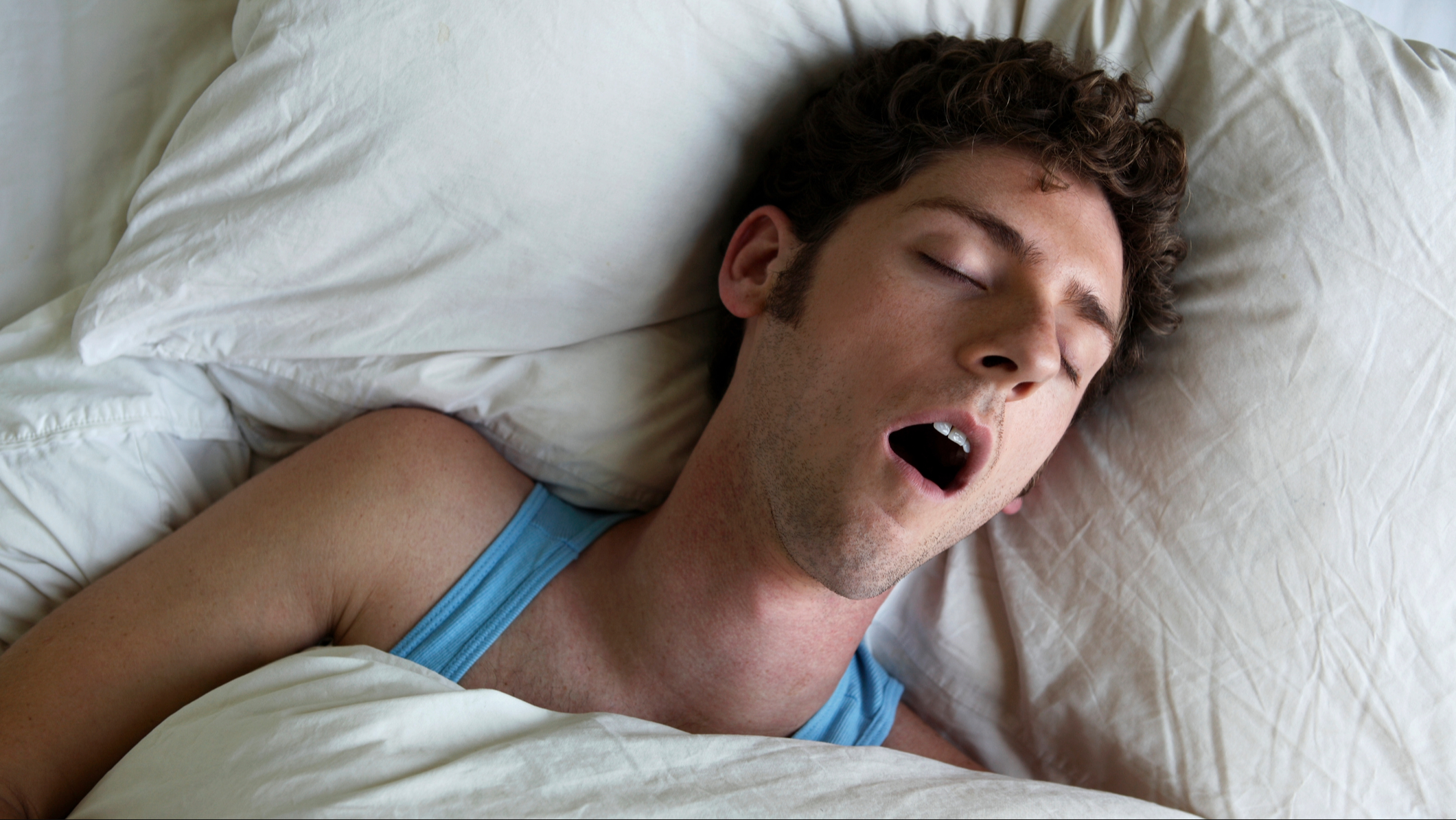
Sleep apnea is a common sleep disorder that causes abnormal breathing patterns as you sleep, like pauses in your breath. These interruptions can lead to fragmented sleep, excessive daytime fatigue, and if undiagnosed, it can cause serious long-term health issues.
There are two main types: obstructive sleep apnea (OSA), where the airway becomes blocked during sleep, and central sleep apnea (CSA), which occurs when the brain fails to send the right signals to the muscles that control breathing.
Around one billion people around the world suffer from obstructive sleep apnea. Although central sleep apnea isn’t as common, it’s more prevalent in those who suffer from other health conditions.
We’ve spoken to leading sleep specialists and medical professionals to deep dive into the symptoms and causes of both types of sleep apnea. We’ve also looked at how to tackle them and when you should consult your GP.
What is sleep apnea?
Otolaryngologist and sleep surgeon Jordan Weiner explains that sleep apnea is a common sleep disorder characterised by “intermittent reductions in breathing, including complete pauses in breathing."
"During these pauses, oxygen levels in the blood drop. In the long run, sleep apnea can lead to several heart conditions, diabetes, a higher risk of stroke, and even dementia,” he explains.
However, there are two types of the condition, obstructive sleep apnea is when breathing interruptions are “due to collapse of the throat, preventing airflow."
Get instant access to breaking news, the hottest reviews, great deals and helpful tips.
These collapses can occur "in several different areas, including the soft palate, side walls of the throat, back of the tongue, and even in the upper voice box (larynx).”
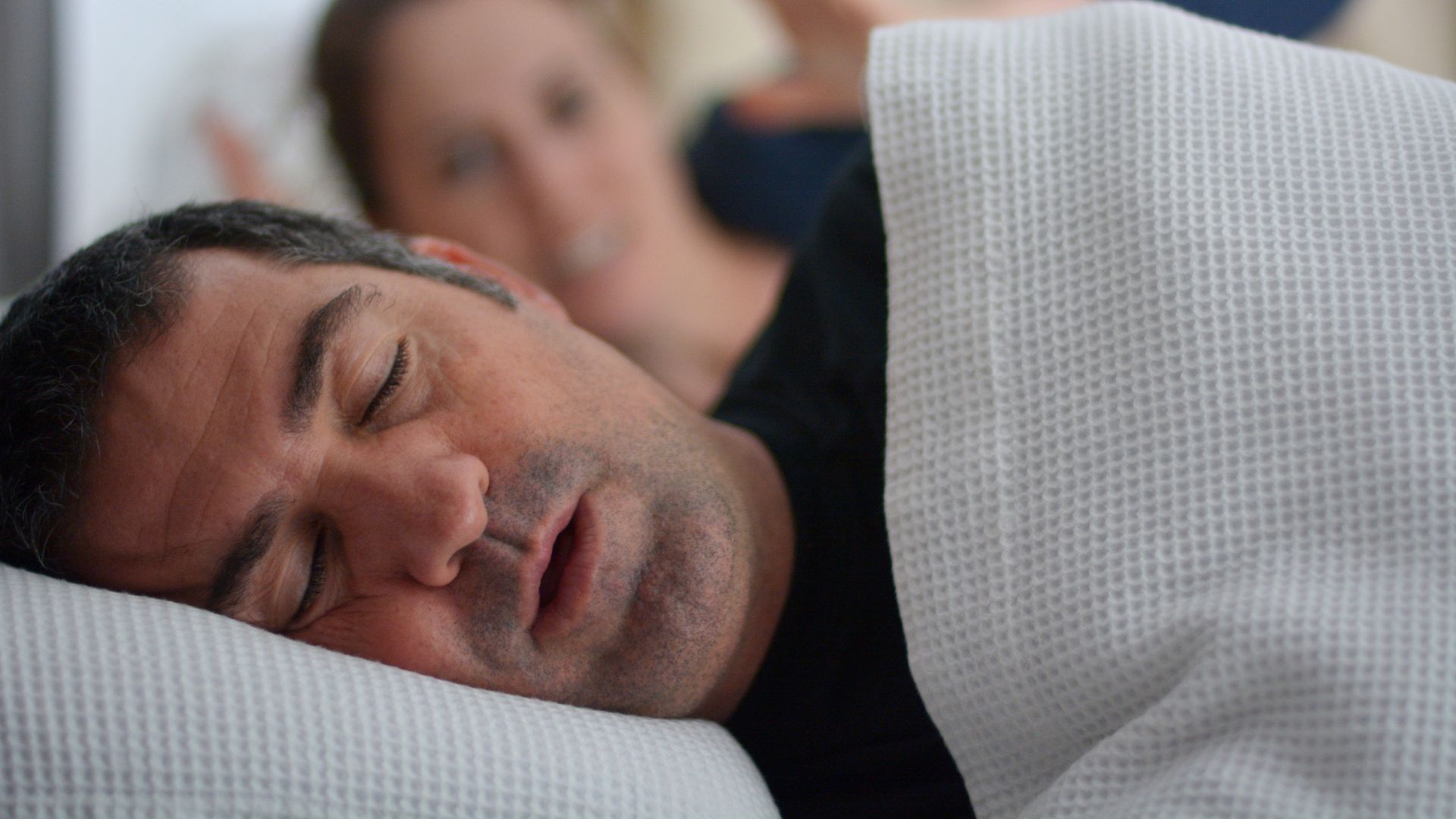
While in central sleep apnea (CSA), it's down to the central nervous system failing. “The brain fails to tell the muscles of breathing to take a breath, leading to a temporary pause in breathing, while there is no collapse in the throat." Dr Weiner explains.
CSA is also associated with those who have had strokes, kidney problems or heart conditions.
Symptoms of sleep apnea can include loud snoring, interrupted sleep and daytime sleepiness. Studies show that if the condition goes undiagnosed, it could lead to more serious health implications.
“People with untreated sleep apnea have an increased risk of having high blood pressure, which in turn can increase their risk of heart problems and strokes," explains Dr Bhavini Shah, a GP from LloydsPharmacy Online Doctor.
"Some people with sleep apnea are also at higher risk of type 2 diabetes,” she adds.
Obstructive sleep apnea
Symptoms of OSA
- Loud snoring
- Disrupted breathing
- Interrupted sleep
- Headaches
- Dry mouth
- Daytime tiredness
- Mood swings
If you’ve been woken up by loud snoring from your partner, along with disrupted breathing during the night, it could be a sign they have obstructive sleep apnea, says Professor Esther Rodriguez Villegas, a sleep apnea expert and founder of medtech startup Acurable.
“Many people with OSA wake up gasping or choking, while bed partners often report loud snoring or breathing pauses," she adds. "You may also wake in the morning feeling unrefreshed, with a headache or dry mouth."
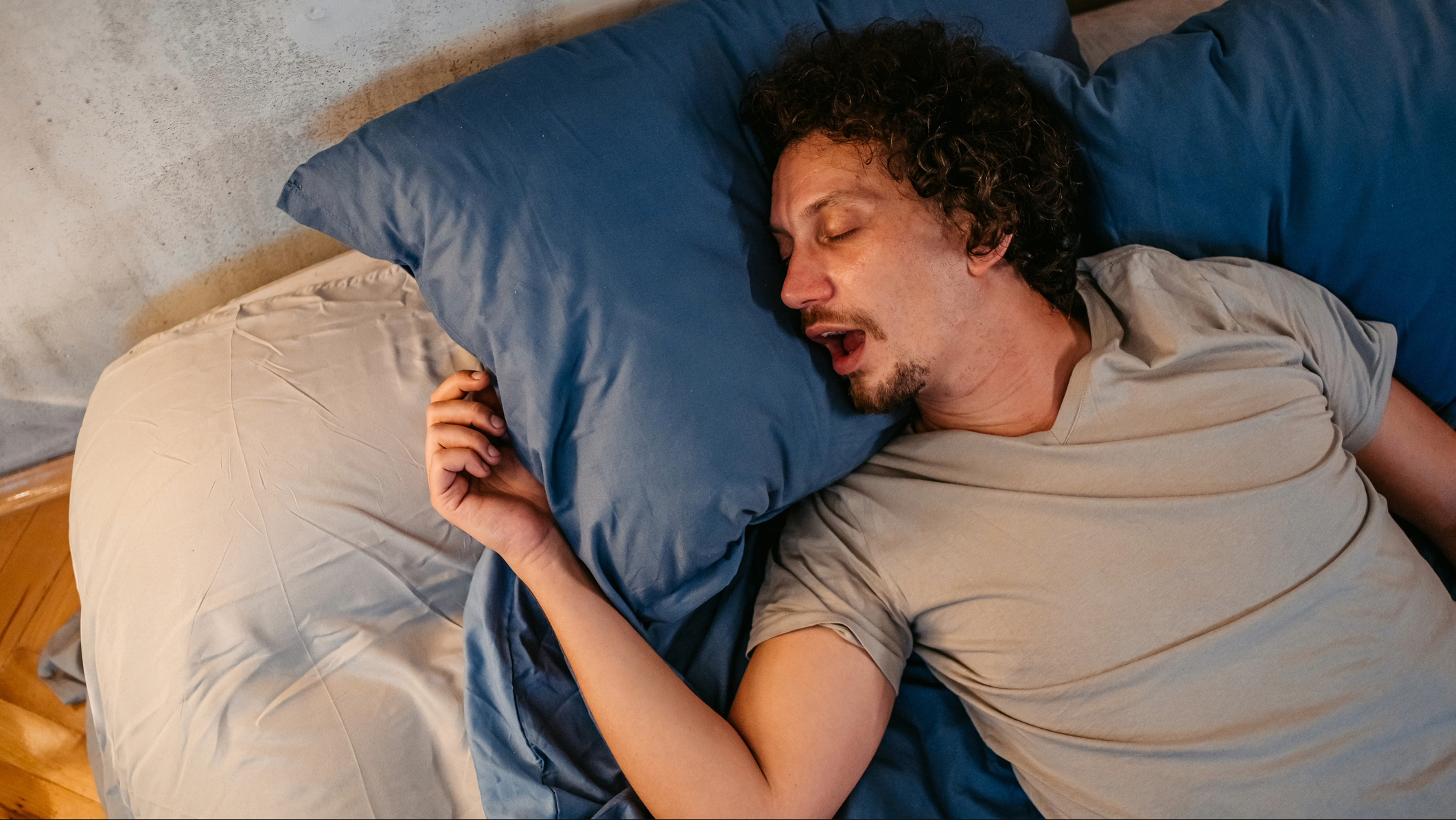
Due to your interrupted sleep, it could also have a knock-on effect on how you feel in the day.
“You could experience excessive tiredness, difficulty concentrating, mood swings, and irritability - all signs that your sleep is being repeatedly interrupted,” Professor Villegas explains.
Causes of OSA
“The single biggest risk factor or cause for obstructive sleep apnea is being overweight,” explains Weiner.
The doctor adds, and studies show, that around 70 per cent of sleep apnea patients are either overweight or obese.
If you're not overweight, it could be down to your airways. “Other causes usually relate to anatomical features of the throat predisposing the airway to collapse, including large tonsils, a narrow throat and abnormal jaw anatomy,” he explains.
Lifestyle and certain habits can also increase your chances of developing OSA, like smoking, drinking alcohol and certain medications.
How to tackle OSA
Lifestyle changes can be one of the easiest ways to tackle this type of sleep apnea, with Rodriguez Villegas adding that changes such as “weight loss, avoiding alcohol, or quitting smoking may be enough to improve symptoms.”
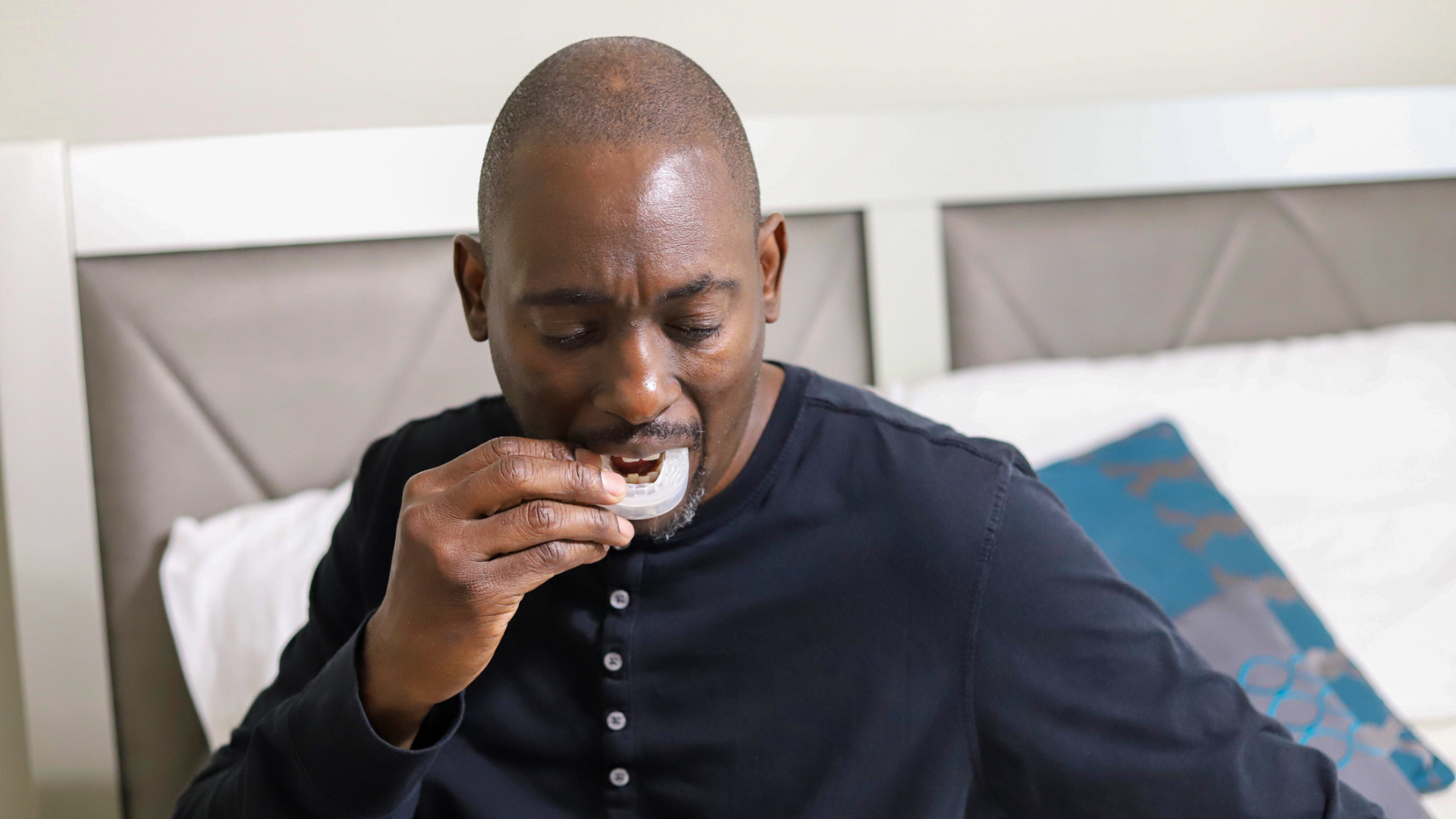
Dr Meredith Broderick explains that this type of sleep apnea can also be treated “with continuous positive airway pressure (CPAP), which is a breathing machine used to deliver pressurised air into the upper airway to keep the airway open.”
“Oral appliances (such as mouth guards) used to brace the lower jaw forward are also common treatments,” adds the Ozlo Sleep neurologist, and they can be less invasive than a sleep apnea mask.
Central sleep apnea
Symptoms of CSA
- Pauses in the breath - for at least 10 seconds
- Disrupted sleep
- Headaches
- Dry mouth
- Daytime fatigue
- Mood swings
“The hallmark of central sleep apnea (CSA) is pauses in the effort to breathe,” explains Dr Broderick. A diagnosis of this sleep apnea type is made when there is a pause in breathing for at least 10 seconds, five times per hour.
But there are other symptoms to look out for, too.

“While central sleep apnea shares many of the same symptoms as OSA, such as disrupted sleep, daytime fatigue, and morning headaches, it typically lacks the hallmark loud snoring seen in obstructive cases,” says Rodriguez Villegas.
She adds this is because, “the problem stems from the brain’s control of breathing, the breathing pauses tend to be quieter and may go unnoticed without monitoring.”
Causes of CSA
Central sleep apnea (CSA) is less common as it's a neurological issue, rather than to do with your airways.
Associated with a fault in the brain, it fails to control breathing as you sleep. Other health conditions can also cause CSA, including heart conditions, strokes and high altitudes.
This tends to mean older people, 60 and up, are diagnosed with the condition.
“The cause of central sleep apnea is not always apparent,” explains Dr Weiner, “Conditions that increase risk for central sleep apnea include heart conditions such as atrial fibrillation and congestive heart failure, a history of stroke, kidney failure, and living at high altitude.”
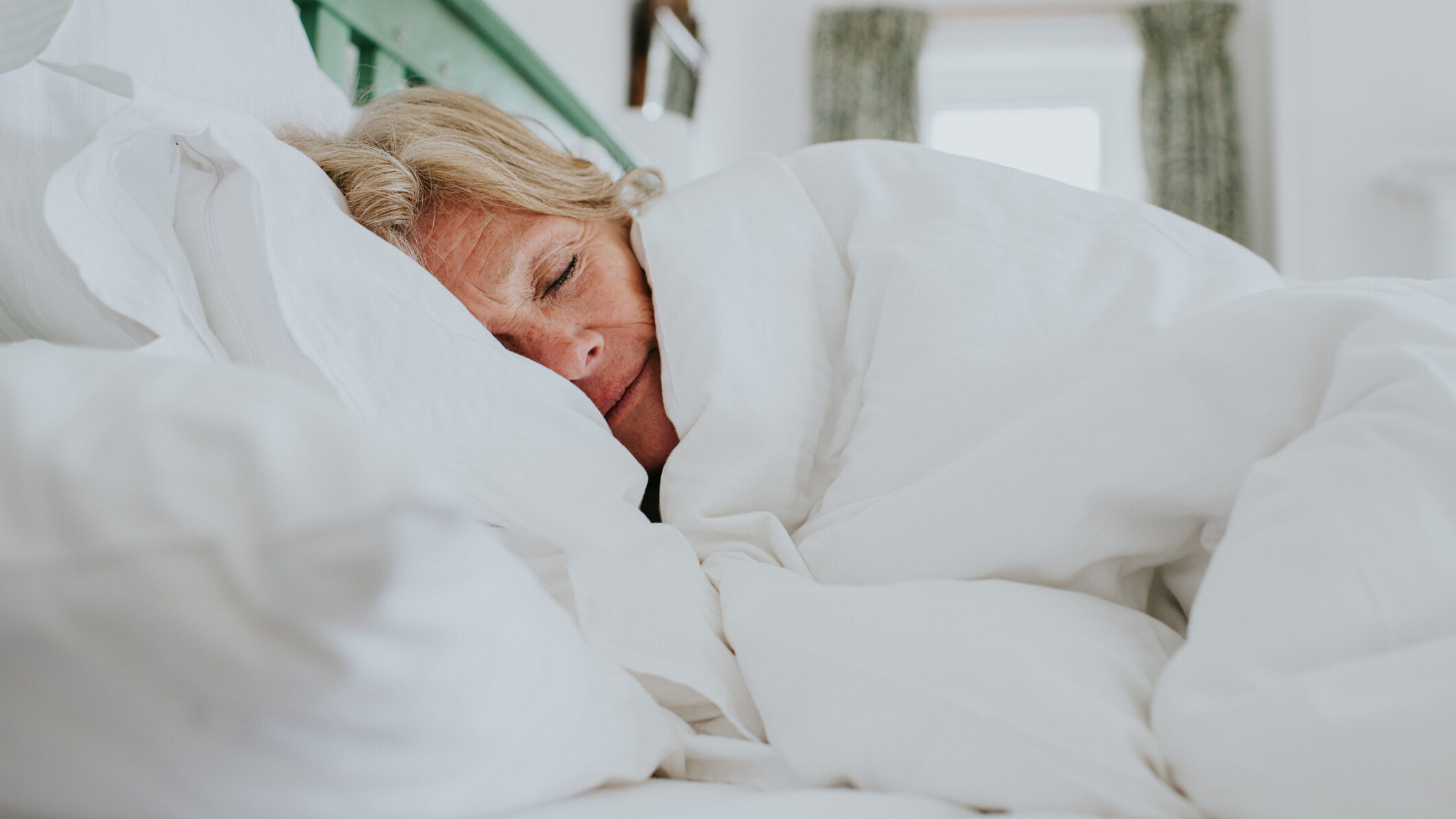
How to tackle CSA
Because central sleep apnea is usually linked to underlying medical conditions, treatment can be more complex than for obstructive sleep apnea, says Rodriguez Villegas.
“Approaches may include respiratory stimulants, oxygen therapy, the use of positive airway pressure (PAP) devices, or medications that help regulate the brain’s control of breathing," Villegaz explains.
"The appropriate strategy depends heavily on the patient’s overall health profile.”
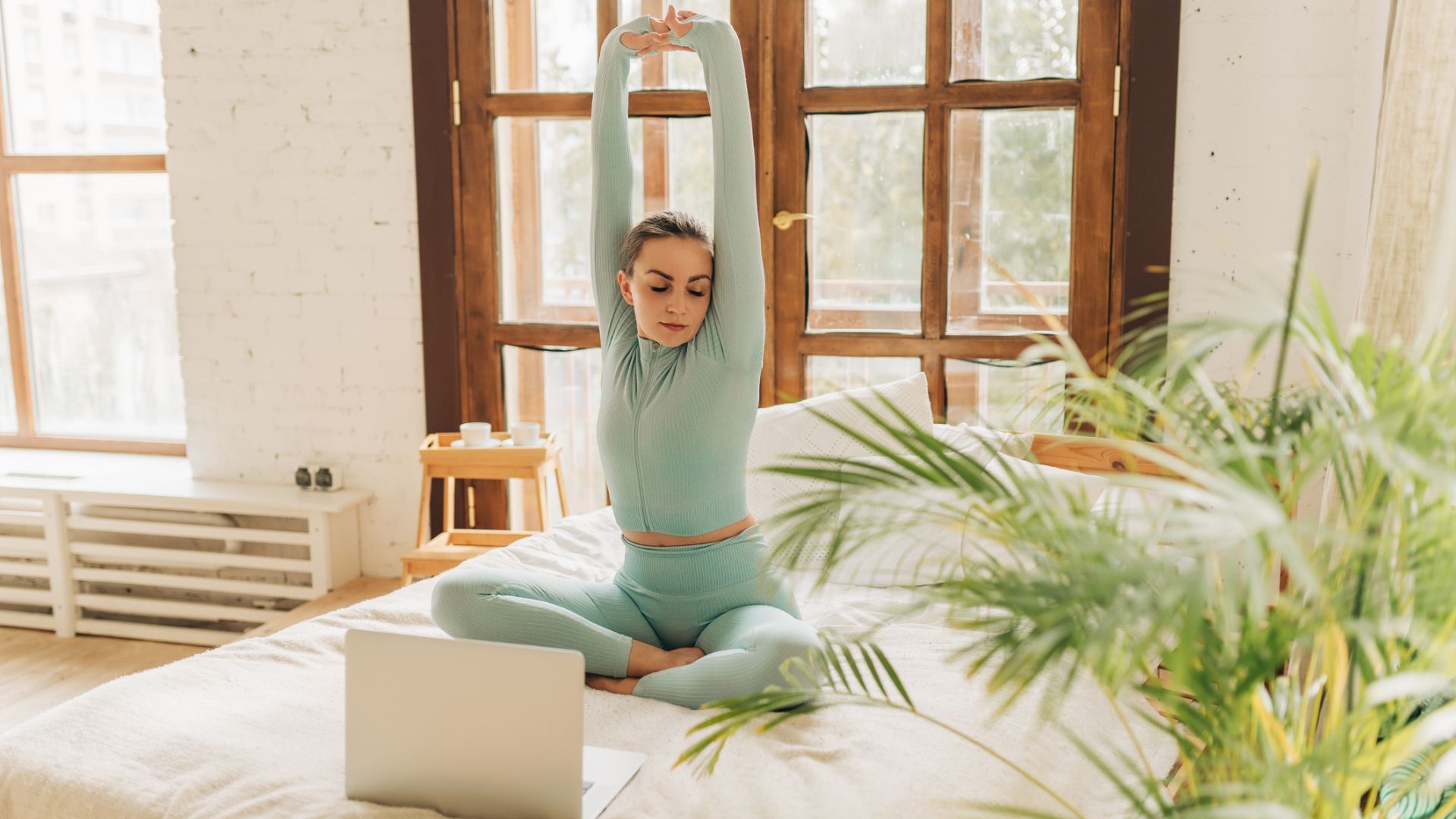
However, lifestyle changes can help to tackle the condition, similar to obstructive sleep apnea. “Regular exercise can also help to reduce symptoms as well as help you maintain a healthy weight,” explains Dr Shah.
While adopting good sleep habits, also known as sleep hygiene, is also important for both, “Make sure your bedroom is dark and quiet, and go to bed and wake up at the same time each day”
“Sleeping on your side can also help to naturally open up your airways. A specialised V-pillow or bed wedge can also help to keep you on your side.”
Ensuring you're sleeping on the best mattress for your body and using the best pillow for your sleeping position will keep you supported throughout the night, improving the quality of your sleep.
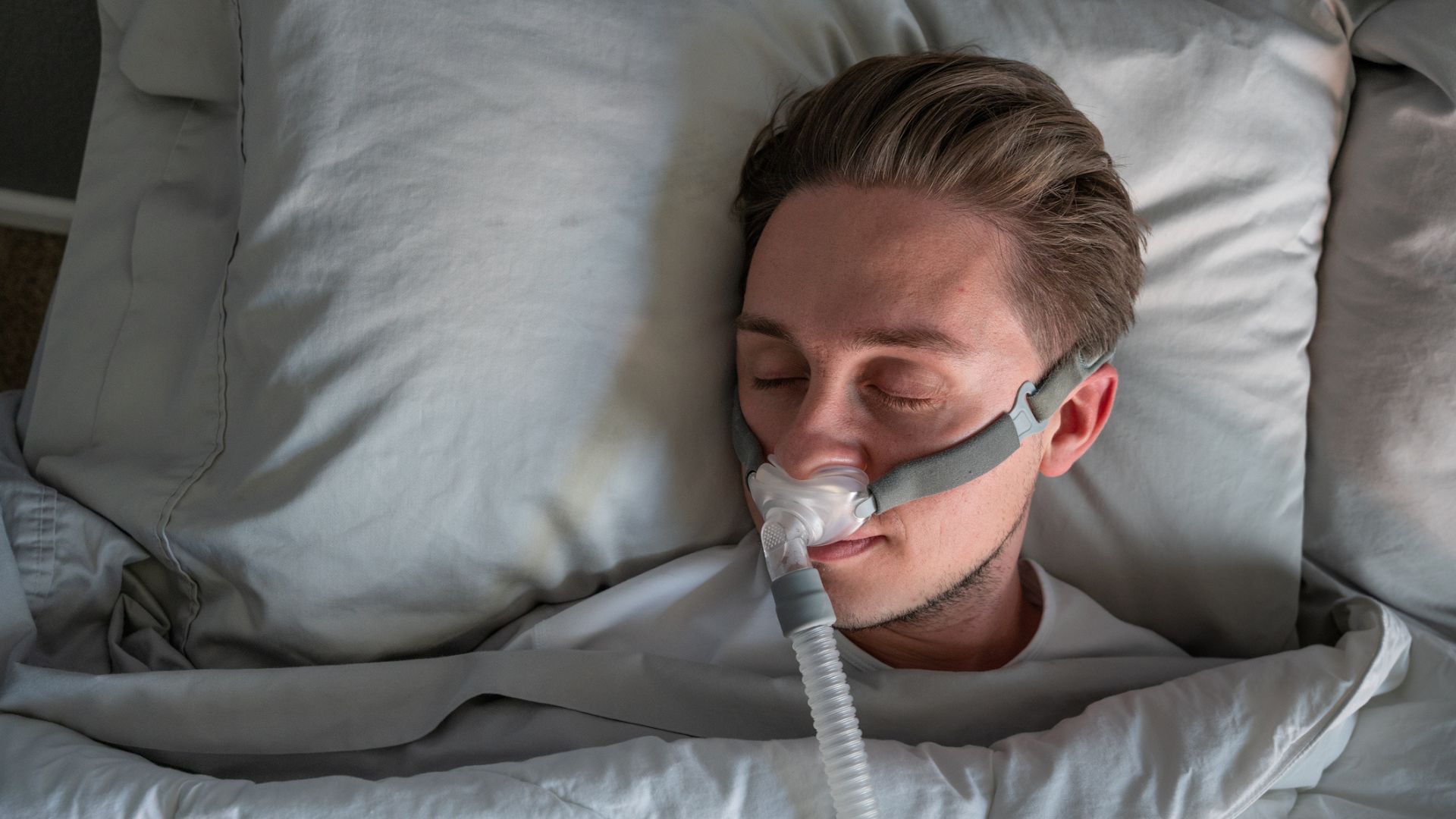
How to tell if you’ve got sleep apnea
If you have any of the above symptoms, you should consult your GP or doctor, who will refer you to a specialist.
“Sleep testing can include a home sleep apnea test or an inpatient sleep study. Home sleep apnea tests utilise a small monitor that the patient wears at home during sleep,” explains Weiner.
However, he adds: “In-laboratory studies called polysomnography (PSG) are the most accurate test of sleep disorders and remain the ‘gold standard’ for sleep apnea testing.”

Sarah is a freelance writer who has been published across titles including Woman & Home, The Independent, and the BBC. Sarah covers a variety of subjects, including health and wellness. For Tom's Guide Sarah often writes about sleep health and hygiene, and interviews leading sleep experts about common issues such as insomnia and sleep deprivation.
You must confirm your public display name before commenting
Please logout and then login again, you will then be prompted to enter your display name.
